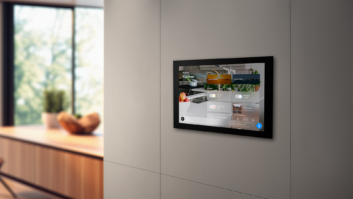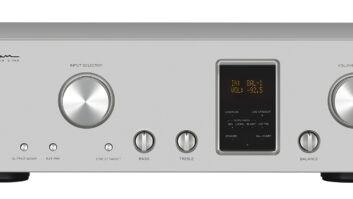When doing large, whole-home, fully integrated projects, we all have our favorite go-to major manufacturer partner, be it Crestron, Savant, AMX, or similar. We all also have a preferred partner for small and mid-size jobs, like those involving a single room, apartment, or condo. In my conversations with fellow integrators, it’s these smaller jobs with the more basic control systems that provide the biggest headaches.
With these jobs being smaller and with smaller profits, service calls can be a killer. In my experience and discussions, I’ve found that problems on these projects are an epidemic because of poor RF performance, bad code datasets, and poor integration with components.
While it would be great to put a $2,000-5,000 control system into every job, it just isn’t economically feasible for a $10,000 living room surround sound installation. For those projects, there are well-respected industry brands to serve our channel. Unfortunately, in crowded, RF-rich, interference-strewn urban markets, these more modestly priced control solutions seem to struggle with RF interference, which inevitably leads to service calls to move an antenna or relocate an RF receiver, and from inconsistencies in their database, where codes that seem to be available just don’t work or just don’t perform well. Sometimes there’s an integration issue with a component, as well.
Just last week Mark Feinberg from Home Theater Advisors was doing a job and he called me because the Panasonic TV just wouldn’t power off with the macro, even though it worked every time using the test function within the programming. When he called the control company’s tech support, their only solution was to try re-downloading the programming to the remote or try other datasets for the TV brand. As soon as I heard the problem, I knew what it was and told him to go with IR control of the TV, not RF routing, and it worked flawlessly. These are problems that the control companies should identify and develop solutions for
Right now my dream solution is for the large-project control companies to develop entry-level products that can meet the $1,000 retail price point, fully programmed. The day that happens I will jump for joy, and I’m sure many of you will as well. But until that happens, use the comments section below to help each other out and let us know who you use for your sub-$10,000 project control systems, what they do great, and where they could improve.

+Todd Anthony Pumais president of The Source Home Theater Installation in New York City.







